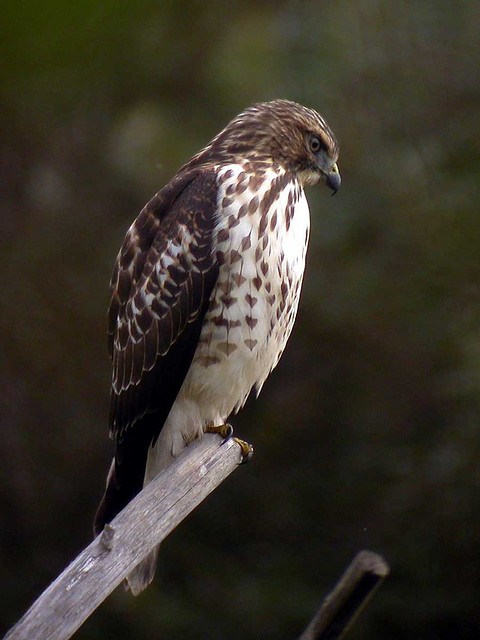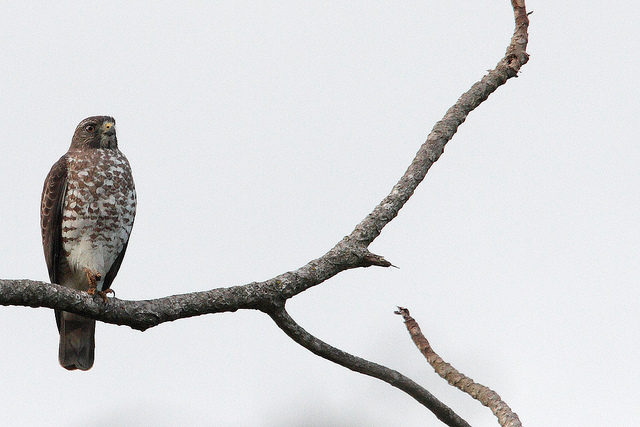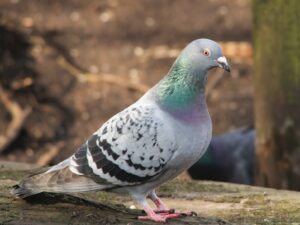Hawk Hill in the Marin Headlands is the place to go at this time of year to spot migrating hawks, who congregate above the peak to look for scurrying rodents as they’re kept afloat by strong winds or thermal columns.
This year has turned out to be an extraordinary one to spot broad-winged hawks, which have been amassing in a way that’s suspiciously like their East Coast siblings. Normally broad-winged hawks come through California in drips and drabs — one or two here one day, then a couple more the next. But for whatever reason, the Golden Gate Raptor Observatory was counting them by the dozens earlier this month, setting new records in daily sightings.
“Up until a few weeks ago, the biggest flock seen in California was 10 birds,” said Allen Fish, director of the Golden Gate Raptor Observatory. “Then a couple weeks ago we got a sudden incursion of 25 to 50 that showed up in the sky for four days of migration.”

Broad-winged hawks like to travel en masse to Central and South America for the winter because, the theory goes, they seem to benefit in finding thermal columns, which rise up over warm areas and give the birds a lift that makes it easier to fly. The more of them, the better chance of finding thermals. The westernmost breeding ground of the broad-winged hawk is in British Columbia, and there’s always a few that decide to turn right and make their way south along the Pacific coastline instead of the Mississippi River. Out here, we’ve really never see broad-wings in big groups — until now.
“That whole migration strategy didn’t seem to exist in the West until two weeks ago,” said Fish. “It was like an eastern flight if you took it out of New Jersey and brought it out to California. It was an absolutely different phenomenon than we’re used to seeing. What the heck are they doing here?”
One key to the answer could be the ratio of juveniles to adults. You can tell the difference pretty easily by the plumage, and normally it’s about 10 juveniles to every adult. This year it was more like 99 to 1. Fish suspects that the western Canadian population had a very successful breeding year.
“It really challenges us to think about what’s happening with the Canadian broad-winged hawks,” Fish said. “Was it a great nesting year, are they increasing their range? Or did they just hit some kind of tipping point and are behaving more like a flocking migrating raptor where they never had enough to do that before.”
The next step is to contact other experts who collect raptor data in western Canada and see if they can confirm a boost in numbers. If you want to get down and dirty with Golden Gate Raptor Observatory data, or just want to see what’s hovering over Hawk Hill in the last day or so, check out their results page. The broad-wings seem to be gone, but there will be plenty other raptors to keep you entertained until mid-December.
Alison Hawkes is the online editor of Bay Nature, and as far as she knows she shares no common genetic line with the buteos.





